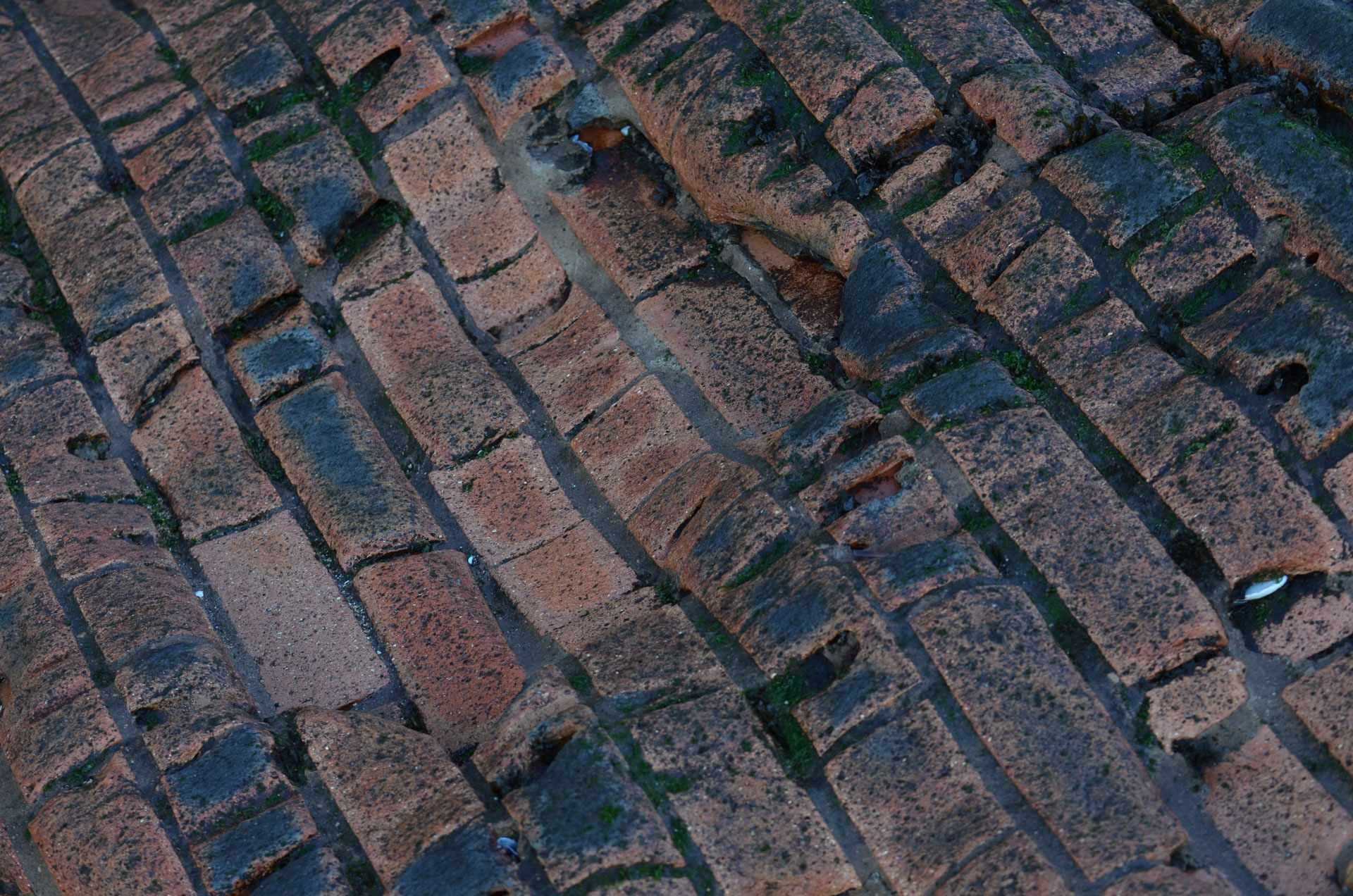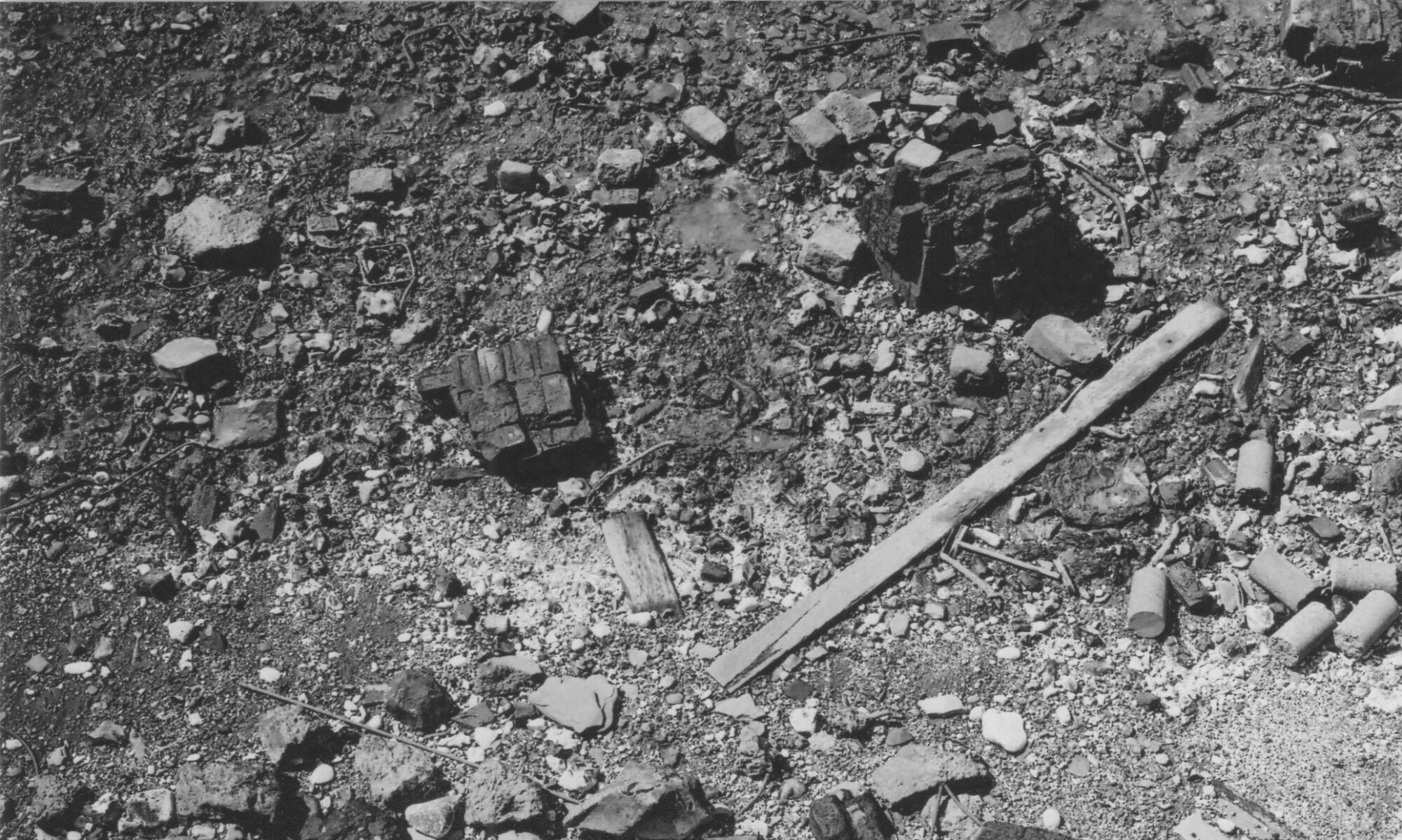Welcome to
Reimagining British Waste Landscapes!
This blog is part of a research project that ran at Edinburgh College of Art (by Jonathan Gardner) between October 2020 and June 2024. Please see the Outputs page for its results.
The project investigates how landscapes have been made from waste materials in the UK since the Industrial Revolution and how they are used and valued today.
Since the project began in October 2020, I have investigated sites in Scotland and England around Edinburgh and London.. Read more about the research below.
The project is co-funded by Edinburgh College of Art (University of Edinburgh) and The Leverhulme Trust.

About the Blog
The blog complements more formal outputs of the project (which include articles, presentations and seminar series). Primarily, it functions as a place for project updates, news of events, media including photos, and information about the case study sites.
Detailed Project Summary
For thousands of years humans have reshaped the Earth’s topography through the excavation and dumping of natural and anthropogenic materials. Sometimes such reshaping is intentional; dumping sand to ‘reclaim’ land from bodies of water, or piling up soil to create sites of spiritual importance (artificial mounds like Silbury Hill for example). Particularly since the Industrial Revolution however, many more artificial landscape features have been produced as by-products of mining, manufacturing processes and demolition, including, coal slag ‘alps’, new islands constructed from dumped tunnelling spoil, and parks resting on foundations of bomb rubble.
Though often unintentionally created, such ‘waste modified landscapes’ can prompt a multitude of creative uses, including their transformation into living spaces, as sites of leisure and heritage, and as places of artistic inspiration. Surprisingly, neither the history of these landscapes nor their subsequent uses have yet been studied as a unified phenomenon of landscape alteration within the Anthropocene.
To address this, my project examines how different types of waste modified landscapes have emerged in the UK since the Industrial Revolution and explores how they are used and valued by communities today.
To understand the emergence and use of these waste modified landscapes, I will examine different sites of land-reclamation, artificial hill building, dumping, and land-art across the UK’s four nations using archaeological survey, archival research and analysis of artistic and creative practices at each site.
The use of waste materials for modifying landscapes is a creative process – utilising that which is discarded to create something new – so I am also interested in understanding how substances that were once considered worthless, or even dangerous, have come to be seen as generative and valuable. I will therefore also be conducting ethnographic research to understand how people use and experience waste modified landscapes, with a particular emphasis on creative practitioners such as landscape designers and artists.
Humanity’s impact upon the Earth is today under unprecedented scrutiny, yet the vastness of the Anthropocene can sometimes limit discussion of the social-historical trajectories of individual materials or smaller-scale landscape change. Building upon growing interest in waste in the geohumanities, contemporary art practice and archaeology, my research aims to provide fine-grained and local-scale evidence of how we have altered the Earth and will contribute to discussions over the varied role of waste in contemporary societies more broadly.
